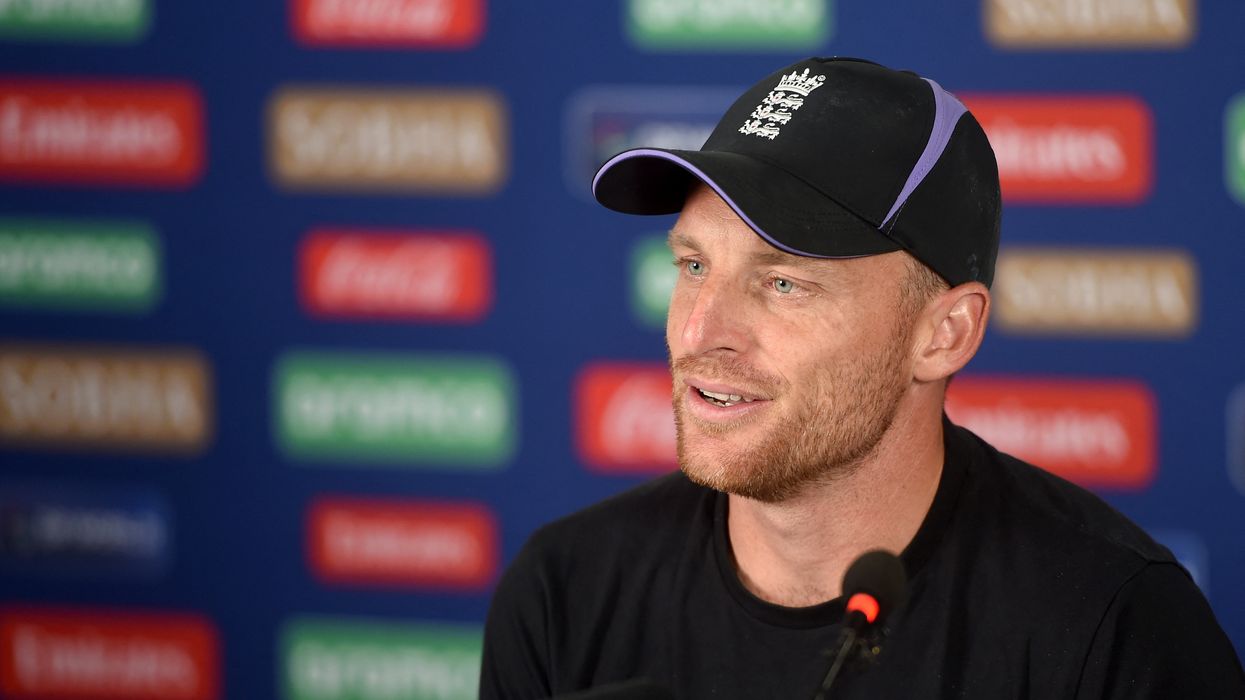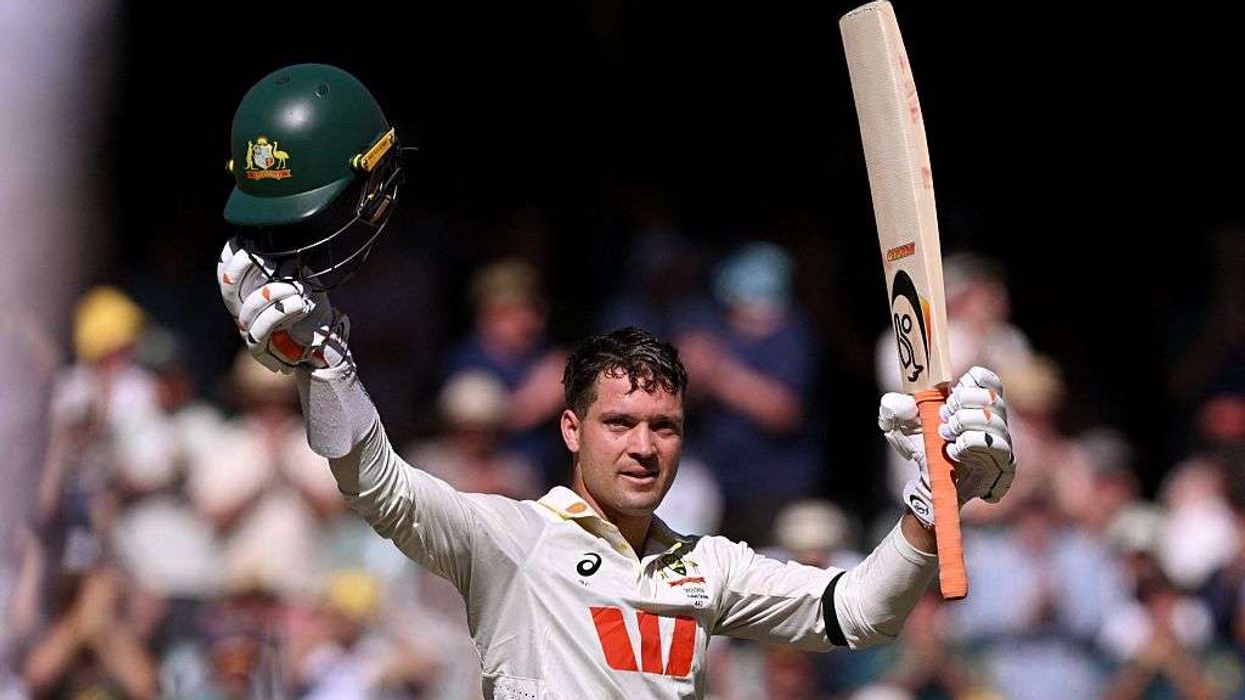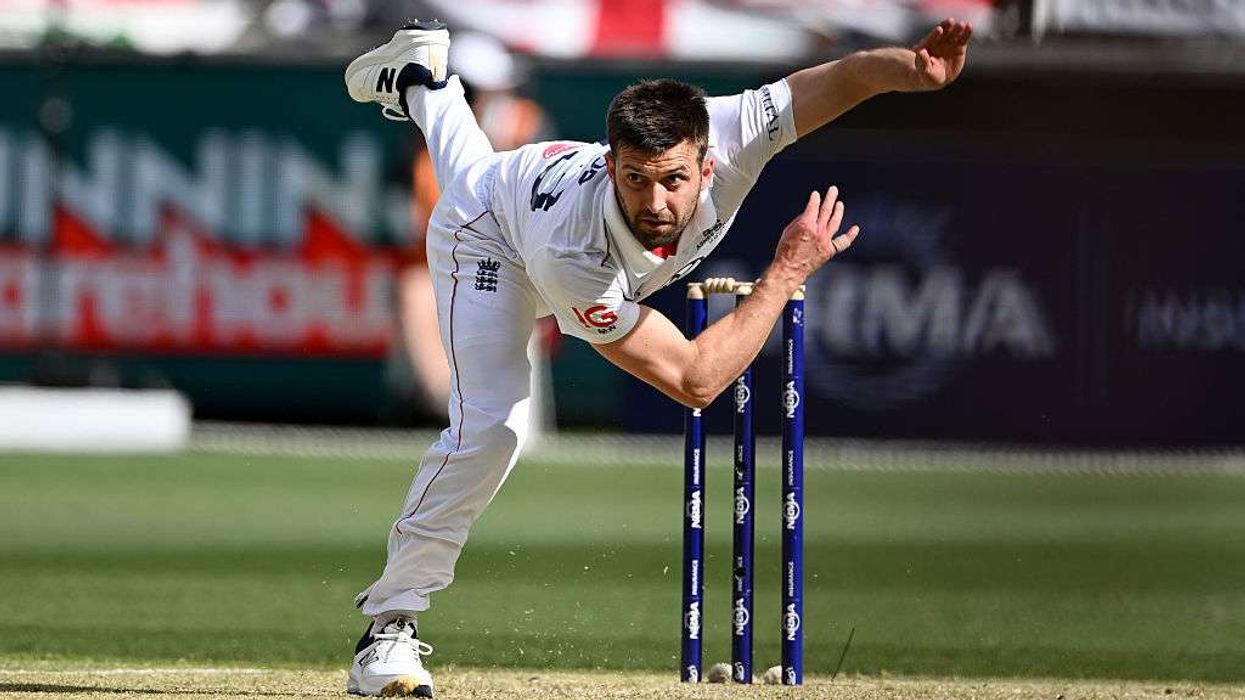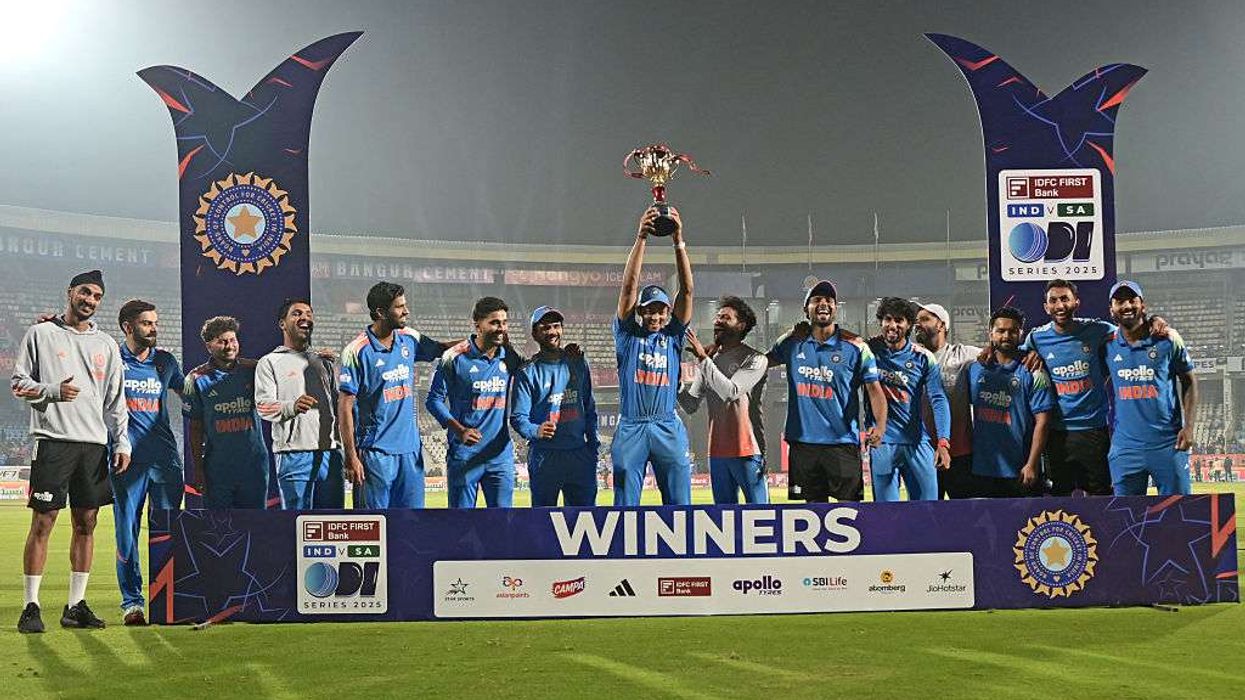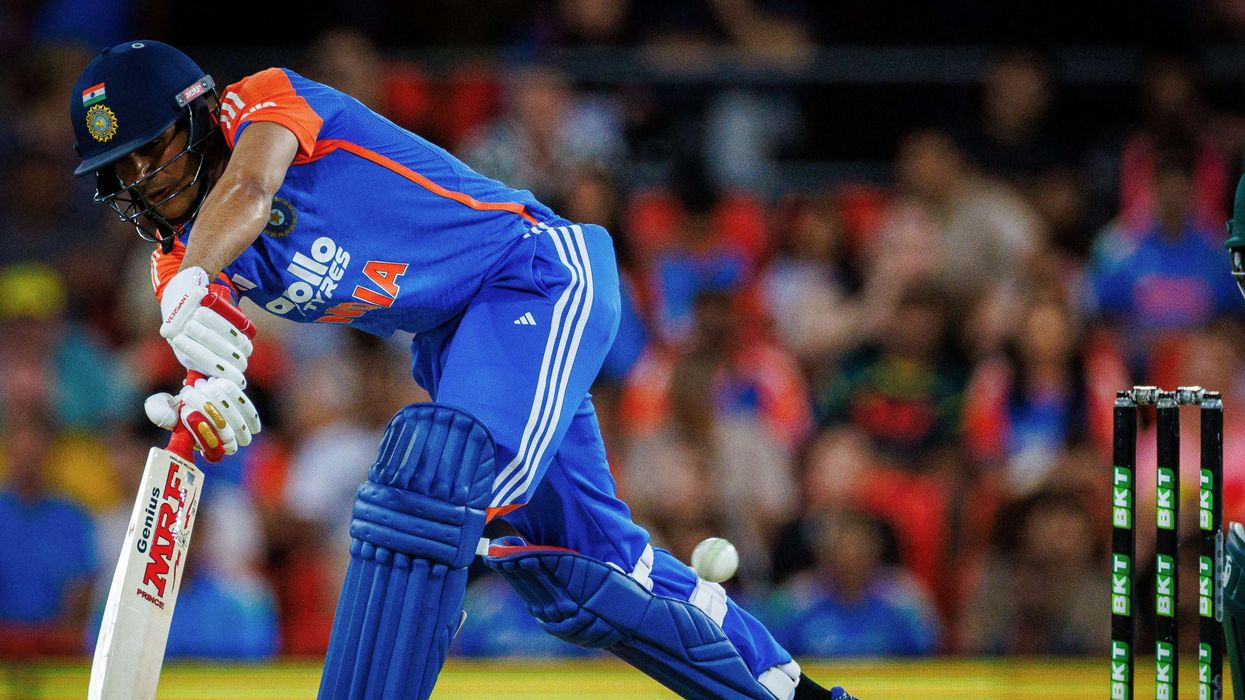ENGLAND will have to rebuild and regain their confidence in the 50-over format after a dismal Champions Trophy campaign, outgoing captain Jos Buttler said, adding the team had enough talent to turn around their flagging fortunes.
England were already out of contention for the semi-finals before their seven-wicket loss to South Africa in Karachi last Saturday (1).
Heinrich Klaasen and Rassie van der Dussen scored half-centuries for South Africa to book a semi-final place at the Champions Trophy.
South Africa bowled England out for 179 in 38.2 overs after the latter chose to bat, before reaching their target with a huge 125 balls to spare following a 127-run third-wicket stand between Klaasen (64) and Van der Dussen (72 not out).
Last Wednesday (26), Afghanistan opener Ibrahim Zadran’s 177 and five wickets by Azmatullah Omarzai helped them knock England out of the tournament with a thrilling eight-run victory. Afghanistan posted 325-7 in a virtual knockout tie in Lahore and then bowled out England for 317 in 49.5 overs.
Joe Root’s 120 went in vain as England dropped regular wickets to lose their second straight ODI to the Afghans after their shock defeat in the 2023 World Cup in India.
Following England’s exit from the tournament, Buttler announced he would step down last Friday (28).
“That is a really disappointing performance. We are so far short of the mark. It is really disappointing,” he said. “We are just not going on and making those big, telling contributions (with the bat), which has been the story of the side for a little bit of time now.”
It was a seventh straight loss for England in the 50-over format, but Buttler said they can rebuild the squad ahead of the 2027 Cricket World Cup to be hosted by South Africa, Namibia and Zimbabwe.
“As a group, we are obviously not getting the results and that takes away some confidence. It is time for everyone to go away, have a change of scenery and work hard for wherever cricket takes them next,” he said.
“From this point forward, there is a huge opportunity for everyone inside the dressing room, and obviously people outside the dressing room, to really put their hand up and say they want to be part of the rebuild of the (England) white ball teams.
“There is no doubt the talent is there. There is all the makings of putting together a really good side. And I’m sure (coach) Brendan (McCullum) and the guys at the top will formulate some plans.
“It is down to individuals as well to put their hand up and say they want to be part of something moving forward and get the team back to where it should be.”
Buttler is arguably England’s greatest white-ball batter and was tipped to scale similar heights as skipper after he led the English team to the T20 World Cup title in Australia in 2022.
Since then, England have instead made a steady decline. In the past 16 months, they have failed to defend either of their World Cup titles. As the captain of England’s short-format teams, Buttler compiled a win-loss record of 18-15 in one-day internationals and 26-22 in Twenty20s.
The 34-year-old joins India’s Sachin Tendulkar and West Indian Brian Lara as players who failed to translate their many individual triumphs into success as captains.
Buttler was hampered by seldom having a full-strength squad at his disposal with the England & Wales Cricket Board (ECB) deciding to manage the workload of England’s all-format players.
Harry Brook, currently the vice captain and a generational talent with the bat, is favourite to succeed Buttler as England’s white-ball captain although coach Brendon McCullum has not confirmed an appointment.
